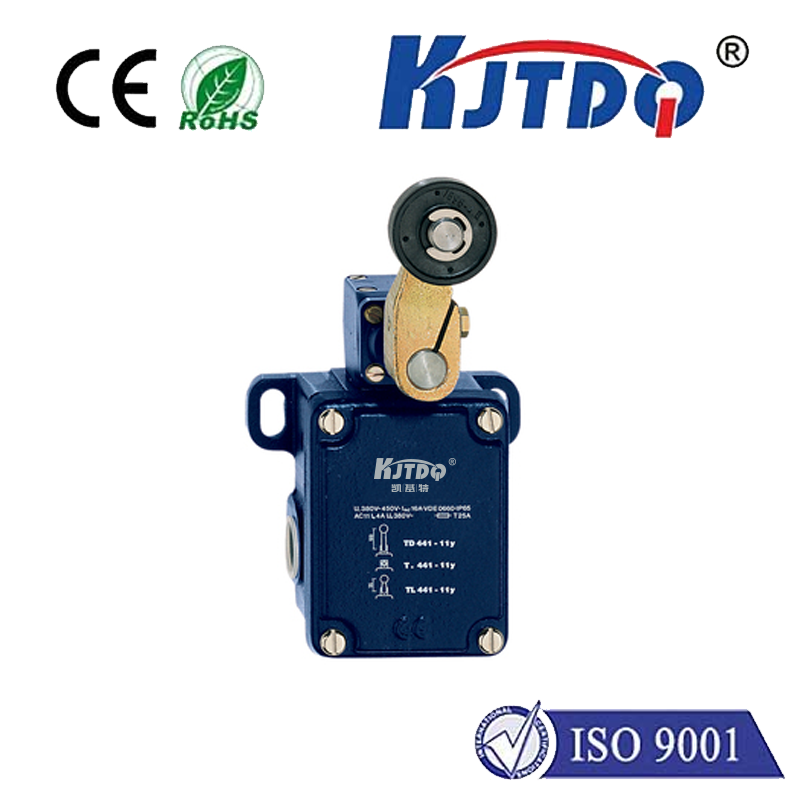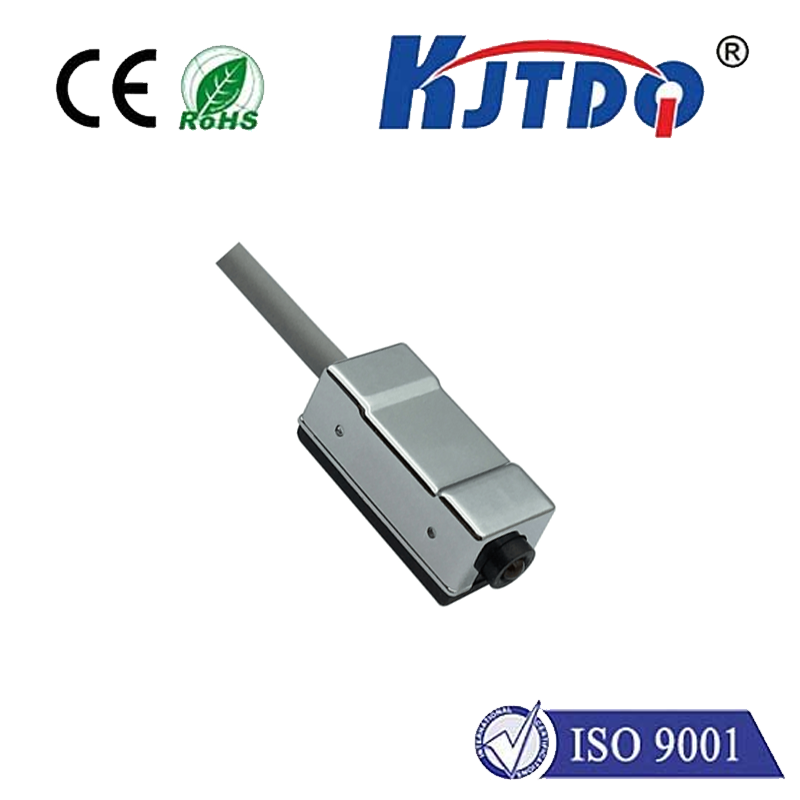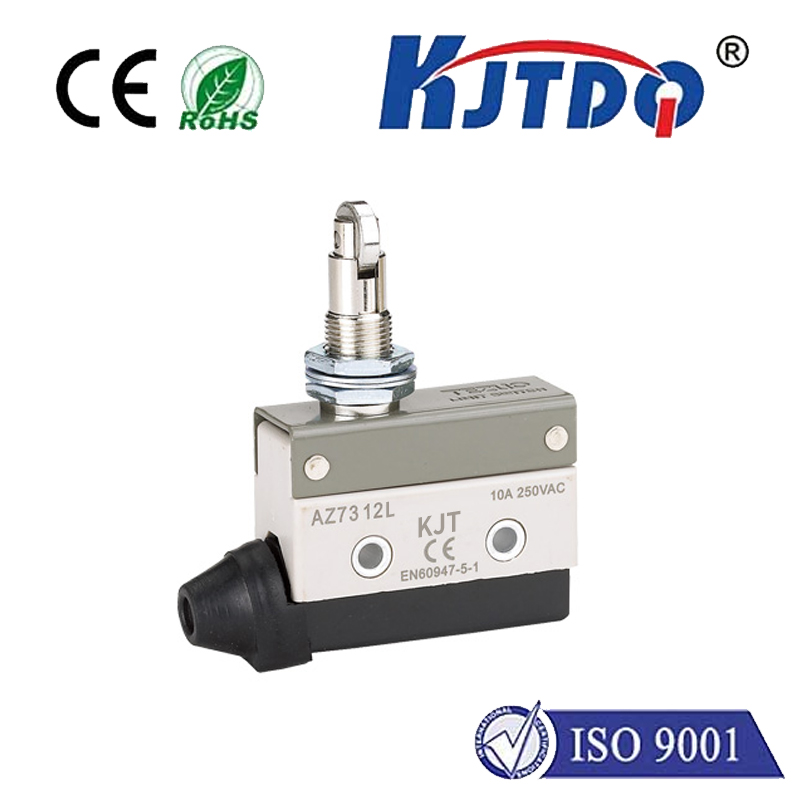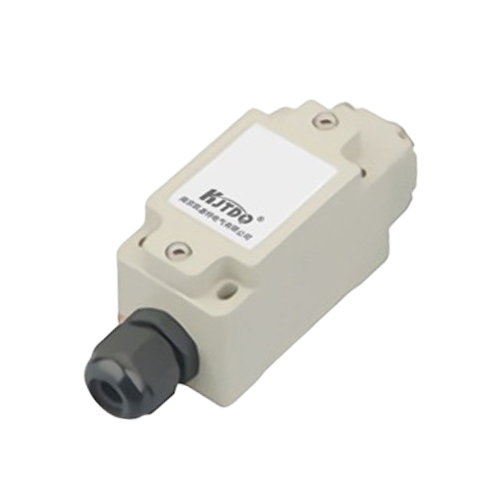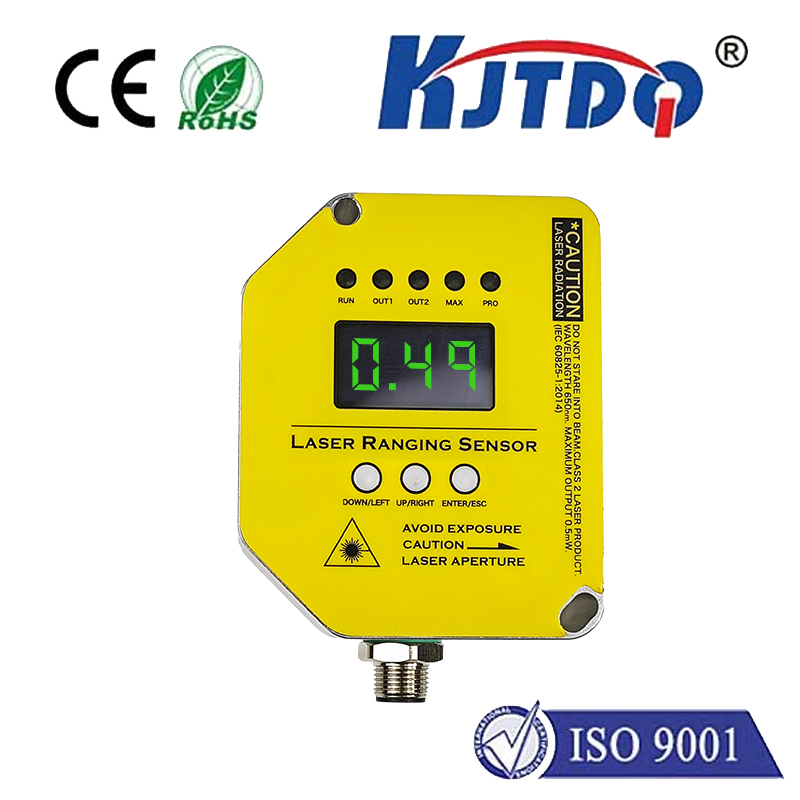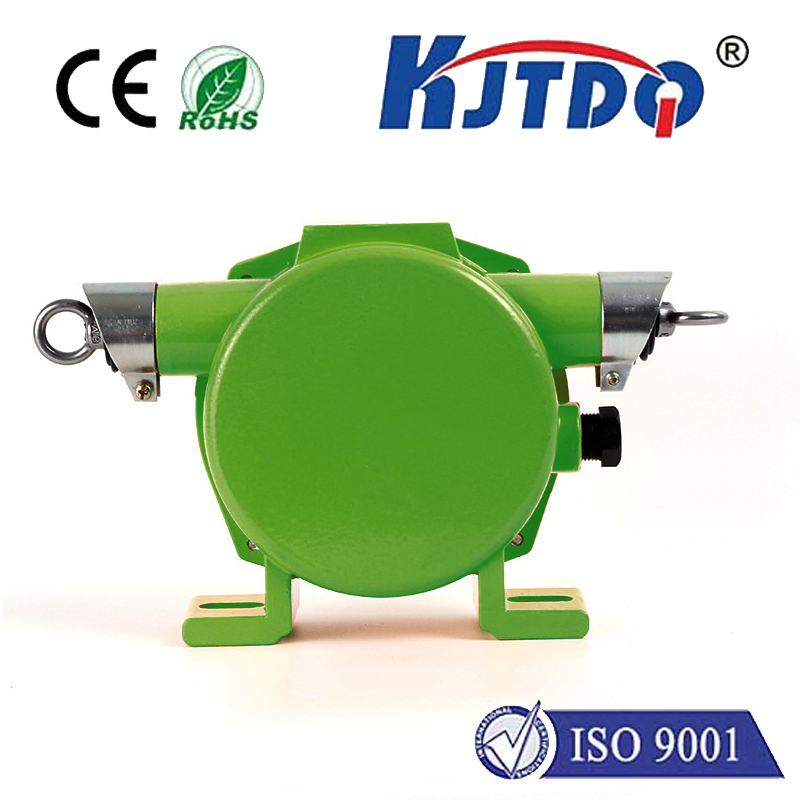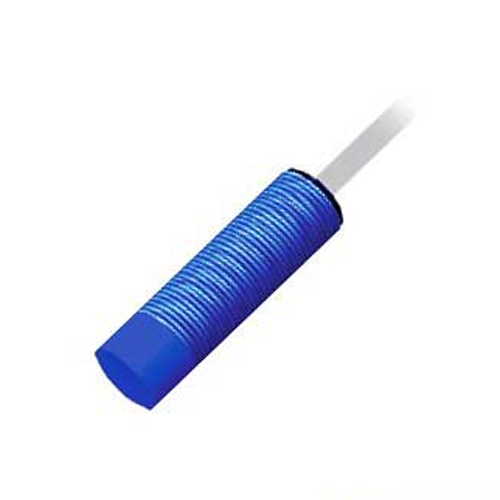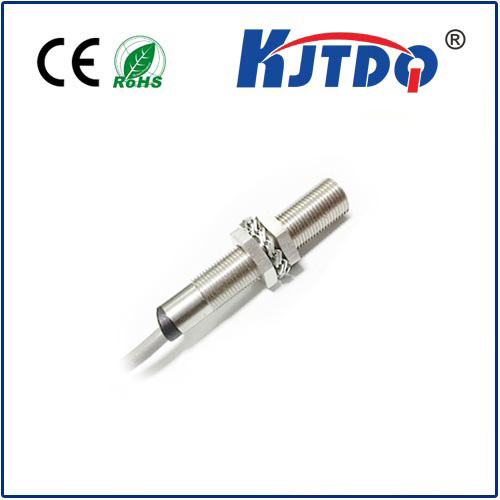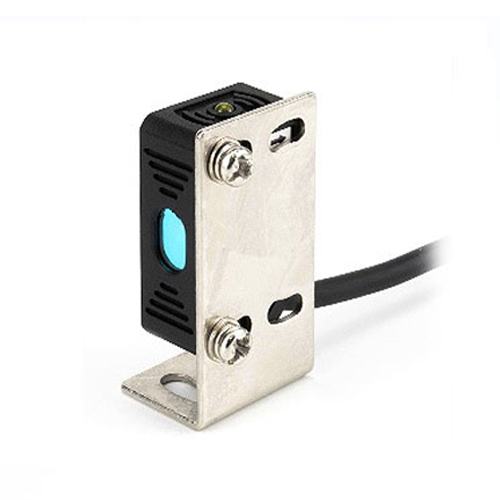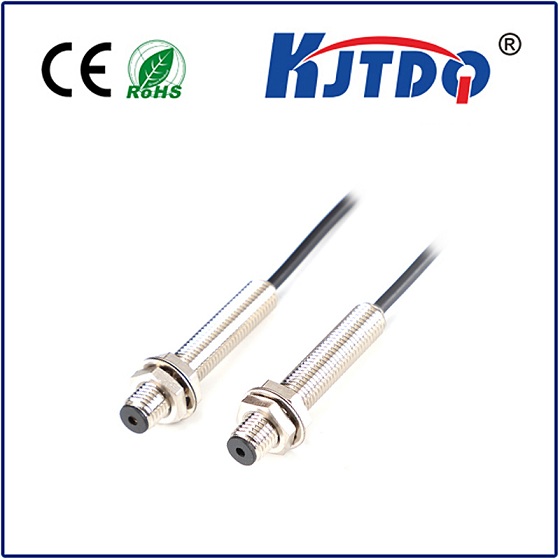

check

check

check

check

check

check

check

check

check

check
When talking about industrial sensors, we often think of proximity sensors. Proximity sensors are a common sensor type used to detect the distance between an object and the sensor. So, can proximity sensors detect aluminum materials?
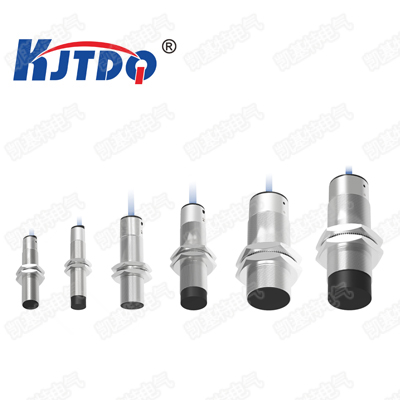
The answer is yes.
The proximity sensor determines the position of the object by emitting electromagnetic fields or infrared rays and using the object's conductivity or reflectivity. Aluminum material has high electrical conductivity and high reflectivity, so it can be easily detected by proximity sensors.
So, what are the applications of proximity sensors for detecting aluminum materials? The following is an introduction to several main applications:
1. Automated production: In automated production lines, aluminum materials are widely used in automobile manufacturing, home appliance manufacturing and other fields. By installing proximity sensors, the position and arrival of aluminum materials can be monitored in real time to ensure the smooth operation of the production line.
2. Material sorting: For industrial applications, different materials need to be sorted and classified. Proximity sensors can help identify aluminum materials and distinguish them from other materials, enabling efficient sorting operations.
3. Robot applications: Robots are increasingly used in various fields. By using proximity sensors, the robot is able to accurately identify the location and presence of aluminum materials, allowing for more precise gripping and handling. This is particularly important in areas such as automotive manufacturing and assembly lines.
4. Quality inspection and safety monitoring: Proximity sensors can also be used for quality inspection and safety monitoring. By monitoring the position and arrival of aluminum materials, abnormalities can be detected in time and corresponding measures can be taken to ensure the quality and safety of the production process.
In summary, proximity sensors can effectively detect aluminum materials in the industrial field. It can not only realize the efficient operation of automated production lines, but can also be used for material sorting, robot applications, quality inspection and safety monitoring. As technology continues to advance, proximity sensors will continue to play an important role in the industrial field, improving efficiency and quality.
